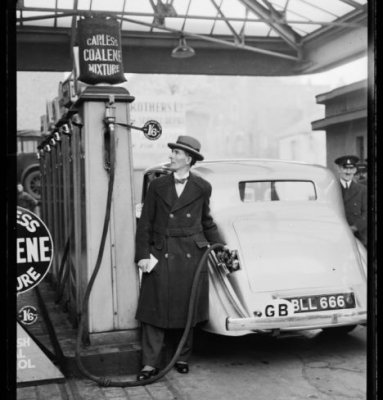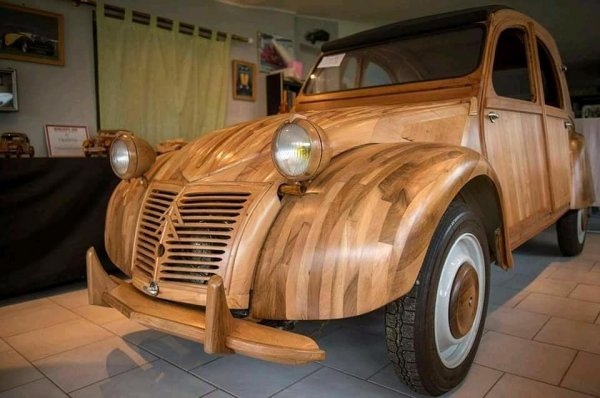Stanley Doble
Call Me a Cab
- Messages
- 2,808
- Location
- Cobourg
It's unfair to say the Americar was the first American car designed from the ground up as an economy car. There were dozens of 1, 2, and 4 cylinder small cars made in America before 1910, the most popular of them was probably the 1 cylinder curved dash Oldsmobile. But there were many others like the Brush and Cartercar.
It was the Model T that killed them. It was the ultimate economy car, cheap to buy, cheap to run, made with the least possible amount of parts, and if you needed repairs you could get them anywhere and even order parts from Sears Roebuck. Nobody could compete on price and value for money.
In the twenties there were a number of small cars, just above the Ford in price, that tried to offer a little nicer economy car for a little more money. They knew they could never get down to the Ford price and make a profit but they came close, one being the Whippet but there were others like Star and Chevrolet 490 which cost $490.
Willys continued making 4 cylinder economy cars even after competitors came out with small 6 cylinder cars like Studebaker Champion and Nash 600. All these companies had the same problem. The giants like Ford, Chevrolet and Plymouth mass produced cars so efficiently that a smaller company making a smaller car, had to charge nearly as much for their cars and found it very difficult to get their sales up to an economical level.
But there was never a time that American car makers did not offer a small economy car. The problem most of the time was getting enough people to buy them.
It was the Model T that killed them. It was the ultimate economy car, cheap to buy, cheap to run, made with the least possible amount of parts, and if you needed repairs you could get them anywhere and even order parts from Sears Roebuck. Nobody could compete on price and value for money.
In the twenties there were a number of small cars, just above the Ford in price, that tried to offer a little nicer economy car for a little more money. They knew they could never get down to the Ford price and make a profit but they came close, one being the Whippet but there were others like Star and Chevrolet 490 which cost $490.
Willys continued making 4 cylinder economy cars even after competitors came out with small 6 cylinder cars like Studebaker Champion and Nash 600. All these companies had the same problem. The giants like Ford, Chevrolet and Plymouth mass produced cars so efficiently that a smaller company making a smaller car, had to charge nearly as much for their cars and found it very difficult to get their sales up to an economical level.
But there was never a time that American car makers did not offer a small economy car. The problem most of the time was getting enough people to buy them.




